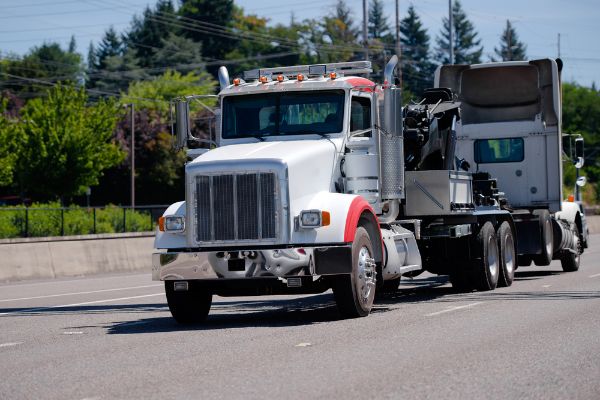In the world of heavy-duty towing and recovery, the ability to effectively and safely employ winching techniques is a fundamental skill. Whether it's pulling a stranded vehicle from a precarious position or recovering a large piece of machinery, winching plays a pivotal role in the successful execution of recovery operations. This article delves into the realm of heavy-duty winching, shedding light on various techniques employed by professional operators to ensure efficient and damage-free vehicle recovery.
The Power of Heavy-Duty Winching
Heavy-duty winching is a specialized skillset essential for safely recovering vehicles or equipment that are stuck, overturned, or in challenging positions. Unlike smaller vehicles, heavy-duty winching involves the use of powerful winch systems capable of exerting enormous force. These winches are typically mounted on specialized recovery vehicles designed to handle the immense weight and size of the loads they may encounter.
Understanding Winching Configurations
Professional operators are well-versed in different winching configurations, each tailored to specific recovery scenarios. These configurations include straight-line pulls, redirects, double-line pulls, and more. The choice of configuration depends on factors like the vehicle's weight, position, and obstacles in the recovery path. Operators carefully assess these variables to determine the safest and most effective winching approach.
Mitigating Risks with Proper Techniques
Safety is paramount in heavy-duty winching operations. One common technique used to enhance safety involves winching in short, controlled bursts rather than applying continuous tension. This approach minimizes the risk of overloading the winch, winch cable, or attachment points. Operators also use various accessories like snatch blocks and tree savers to modify the winching angle and reduce stress on both the equipment and the vehicle being recovered.
Choosing the Right Equipment
The choice of winching equipment is critical. Heavy-duty winches come in various sizes and capacities, so selecting the appropriate winch for the job is crucial. Equally important is maintaining winch systems regularly to ensure their reliability during recovery operations. This includes inspecting cables, checking for fraying or kinks, and verifying the integrity of hooks and attachment points.
In the world of heavy-duty towing and recovery, mastering winching techniques is a cornerstone of success. Professional operators, equipped with powerful winches and a deep understanding of winching configurations, prioritize safety and efficiency. By selecting the right equipment, employing proper techniques, and considering safety measures, they ensure that heavy-duty winching operations are executed smoothly, minimizing risks and facilitating the safe recovery of vehicles and equipment in challenging situations.

